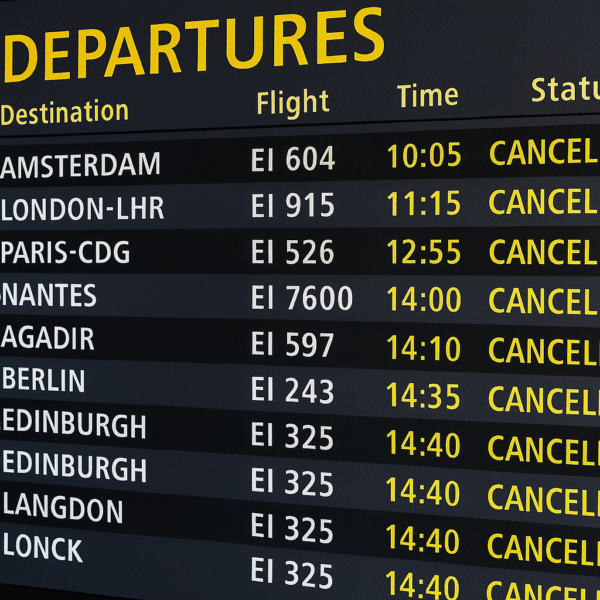Japan’s railway companies, long admired for punctuality and efficiency, are embracing bold new strategies to revive passenger numbers in the wake of the COVID-19 pandemic. With ridership still below pre-pandemic levels due to telecommuting, demographic shifts, and evolving travel habits, operators are working to transform stations from simple transit points into thriving cultural, digital, and entertainment destinations.
By merging traditional transport services with virtual reality, film collaborations, and real estate development, rail operators are redefining how people experience travel. This innovative approach not only aims to restore rail traffic but also reinforces stations as vital hubs of urban life and tourism.
Entertainment as a Gateway to Travel
A major driver of these initiatives is entertainment. Railway companies are collaborating with film studios and popular culture franchises to create immersive experiences tied directly to their stations.
Tokyo Metro Co. recently launched an interactive campaign tied to the live-action film 8-ban Deguchi (Exit 8). Designed as a thrilling escape game, the event encouraged participants to visit specific metro stations, hunt for clues, and immerse themselves in storylines linked to the movie. Beyond boosting ticket sales, the event drove visitors to nearby shops, cafes, and restaurants, reinforcing stations as bustling commercial hubs.
Similarly, Osaka Metro Co. has partnered with major film releases to embed cinematic experiences into its network. By weaving storytelling into the travel journey, these collaborations attract audiences who might not otherwise use the metro, particularly on weekends when ridership tends to decline.
These partnerships reveal a powerful strategy: making the act of traveling by train part of the entertainment itself.
Virtual Osaka Station: A Metaverse Success Story
Perhaps the boldest step comes from West Japan Railway Co. (JR West), which introduced Virtual Osaka Station in 2022. This digital twin of the real-world station allows visitors to explore its platforms, offices, and retail spaces in a virtual reality environment.
Since its launch, Virtual Osaka Station has drawn more than 45 million online visitors, highlighting the strong appeal of blending digital spaces with real-world experiences. In a clever twist, live streams from the virtual station are displayed at the actual Osaka Station, encouraging tourists to explore both versions. Exclusive merchandise tied to the virtual environment is available only at the physical station, driving foot traffic and boosting sales.
By leveraging the metaverse, JR West has succeeded in merging digital engagement with physical travel, proving that virtual platforms can generate tangible benefits for tourism and transportation alike.
Stations as Cultural Attractions
Beyond film and digital experiments, some railway companies are leaning into cultural identity. A standout example is Keisei Electric Railway Co.’s Yotsugi Station in Tokyo, which has been transformed into a living art gallery dedicated to the beloved manga Captain Tsubasa. Illustrated murals from creator Yoichi Takahashi now adorn the station, turning it into a must-see attraction for fans from around the world.
What was once a standard commuter hub has become a tourist destination in its own right, drawing manga enthusiasts and international travelers eager to connect with Japanese pop culture. This strategy reflects a broader shift toward creating memorable station experiences that extend beyond transportation.
Real Estate and Economic Revitalization
Railway companies are also using these cultural and digital innovations to support real estate ventures. With significant landholdings near station hubs, operators are transforming surrounding areas into mixed-use developments that combine shopping, dining, offices, and leisure facilities.
By repurposing stations as lifestyle centers, companies are creating ecosystems where transportation is just one component of a broader urban experience. For instance, travelers who come for a VR event, film tie-in, or art installation are more likely to dine nearby, stay longer, and return for other attractions.
This diversification is crucial for financial sustainability, as it reduces dependence solely on fare revenues while stimulating local economies.
Data-Driven Future of Rail Travel
The digital shift also opens the door for data-driven innovation. JR West, for example, uses insights from Virtual Osaka Station to analyze consumer behavior and plan targeted marketing campaigns. By studying how virtual visitors engage with the station, the company can design real-world events and advertisements tailored to traveler interests.
This integration of big data and transport planning ensures that stations evolve in ways that reflect changing passenger demands, enhancing both customer satisfaction and revenue opportunities.
Redefining the Role of Railway Stations
Together, these efforts mark a fundamental reimagining of what a railway station can be. No longer just entry and exit points, stations are being positioned as:
- Cultural hubs, showcasing manga, art, and film.
- Digital gateways, with VR and metaverse platforms.
- Tourist attractions, drawing international visitors.
- Economic engines, revitalizing surrounding neighborhoods.
This shift is particularly important in a post-pandemic world, where passenger traffic remains unpredictable. By offering value beyond transportation, Japan’s railway companies are ensuring stations remain essential to daily life and tourism.
A Tourism and Travel Perspective
For international visitors, these changes mean that a train journey in Japan is no longer just about getting from one point to another. Instead, the station itself may become the highlight of the trip—whether through manga-themed murals in Tokyo, immersive VR tours in Osaka, or live-action movie scavenger hunts across metro stops.
Such initiatives not only attract domestic passengers but also bolster Japan’s reputation as a leader in tourism innovation, appealing to global travelers who seek unique, tech-forward experiences.
Conclusion: Travel Reimagined
Japan’s railways are at the forefront of blending transportation, entertainment, and technology. Through virtual reality stations, movie tie-ins, and cultural collaborations, they are successfully transforming ridership challenges into opportunities for growth.
By reimagining railway stations as tourist attractions and digital destinations, Japan is not only revitalizing its rail industry but also shaping the future of travel worldwide.
For more travel news like this, keep reading Global Travel Wire

















